Pancreatitis, inflammation of the pancreas, is a rather dangerous disease that significantly worsens people's quality of life. And an important component of the correct treatment of this unpleasant disease is considered to be proper nutrition, which has a beneficial effect on the functioning of the organ. What should be the diet for pancreatitis? Read in our material.
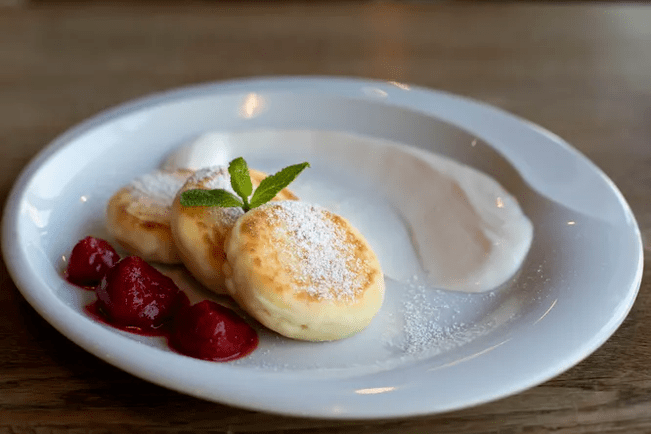
Don't self-medicate! In our articles we collect the latest scientific data and opinions of authoritative experts in the field of health. But remember: only a doctor can make a diagnosis and prescribe treatment. We want to help those who are faced with pancreatic diseases (by the way, among office workers and former students, pancreatitis is in third place "in popularity") and therefore we have collected in this article basic recommendations on diet for pancreatitis and cholecystitis. We also prepare sample menus and several useful recipes. Read it, it will be useful to you!
What is pancreatitis?
Pancreatitis is an inflammation of the pancreas, which participates in the digestion process and also regulates metabolism. This is a "2 in 1" organ, it has a complex structure: the bulk of the gland secretes into the intestines the enzymes necessary for digesting food, and the so-called "pancreatic islets" are an endocrine organ that produces the hormone insulin. .
When the pancreas becomes inflamed, the release of enzymes into the duodenum stops. As a result, these aggressive substances are activated in the gland itself and begin to destroy it; This process is often called autodigestion. This releases toxins that travel through the bloodstream to other organs and can damage them. Pancreatitis can be acute or chronic.
Acute inflammation of the pancreas.
Acute pancreatitis is a dangerous disease that requires immediate treatment, usually in a hospital. Most often it occurs due to alcohol abuse or gallstone disease, when a stone blocks the duct. The disease is characterized by severe pain in the upper abdomen, sometimes radiating to the back; nausea; vomit; general deterioration of the state.
Chronic pancreatitis
With chronic inflammation of the pancreas, the organ is gradually destroyed. The main causes of the disease are alcohol consumption and smoking. The most typical manifestation is abdominal pain, which usually appears after eating. The lack of digestive secretion of the pancreas leads to the fact that food is poorly digested, flatulence and bloating occur. There is often no appetite and weight may decrease.
Symptoms of pancreatitis
The main symptom of acute and chronic inflammation of the pancreas is pain in the upper abdomen. Often these pains are ringed. In the chronic form, heaviness of the stomach, nausea and stool disorders are often observed. Unpleasant sensations raise the suspicion of pancreatitis and then the diagnosis is confirmed with the help of tests and other studies.
Why is a diet needed for pancreatitis (inflammation of the pancreas)?
The diet for pancreatitis in adults is designed to reduce the load on the affected organ so that it can recover. In acute pancreatitis, it is also important to reduce the synthesis of enzymes to stop the process of destruction of the gland.
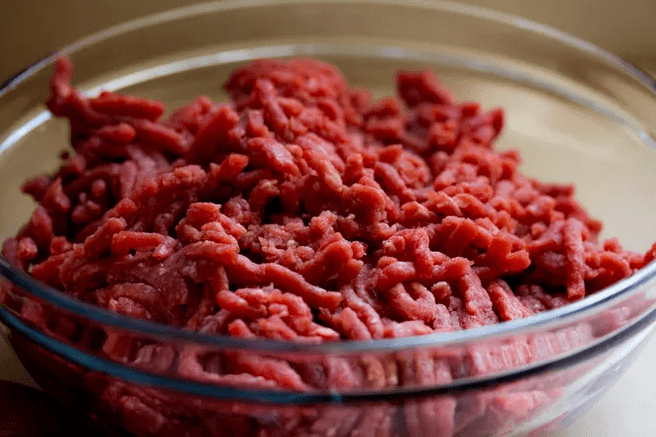
Principles of the diet for pancreatitis.
- Rejection of any foods that provoke the production of enzymes: smoked, spicy, pickled, fried.
- The food should be warm (neither hot nor cold), soft.
- Meals should be divided and small portions.
- The main emphasis in the diet is on protein products: up to 200 grams should be consumed per day. But fats and carbohydrates are significantly limited.
- The amount of salt is reduced to 3-5 grams, the food is not salted during cooking.
- Raw foods are excluded. Fresh vegetables and fruits cannot be consumed, only boiled or baked.
- Carbohydrates are consumed in moderation, but foods containing sugar should be limited.
What should be the diet for acute pancreatitis?
The diet for acute pancreatitis is as strict as possible: the first day's menu does not include any food, only water. After a few days, you can eat small portions of liquid foods: vegetable broths and purees, boiled porridge, mucous decoctions, liquid meat puree. You can gradually expand the range of dishes using permitted products.
Diet for chronic pancreatitis.
The dietary menu for chronic pancreatitis is more varied, but it is recommended to follow it for a long time, at least six months. It is believed that during this time not only the condition of the pancreas will improve, but the patient will also stop consuming all types of harmful foods, such as fried, smoked and pickled foods.
Traditionally, for chronic pancreatitis, the "Table No. 5p" diet is prescribed. The dietary chart system was developed in the 1920s and, although it has now been abandoned, many doctors still recommend following the principles of these types of diets.
The "Table No. 5" diet is prescribed for pancreatitis and cholecystitis, but especially for the restoration of the pancreas, a special version of this diet is recommended - "Table No. 5p". It is distinguished not only by a reduced amount of fat in the diet, but also by a limitation of carbohydrates. It is necessary to consume a lot of protein: proteins are necessary for the rapid restoration of pancreatic tissue.
The diet for exacerbation of pancreatitis is more strict, it is formed in the image and similarity of the diet recommended for the acute form of the disease. Pureed foods, divided meals, and avoiding salt and spices will help you cope with the disease faster.
What can you eat if you have pancreatitis (inflammation of the pancreas)?
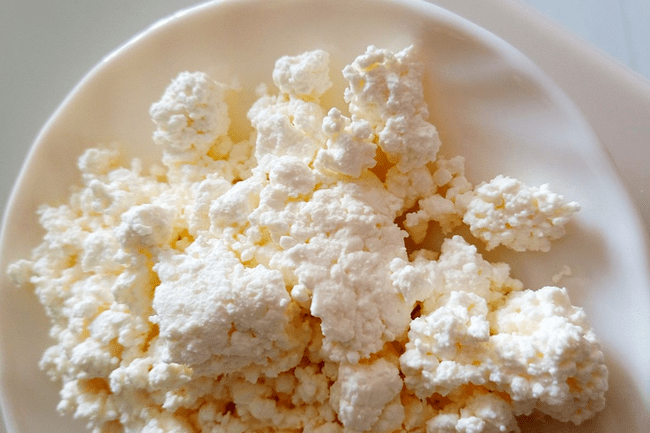
So, it's time to find out what you can eat during a pancreatitis diet to recover quickly and avoid painful attacks. We remind you that the list of permitted products varies depending on the stage of the disease. During exacerbations, it is recommended to fast and eat a very limited variety of foods, but during the period of remission many more foods are allowed. Low-fat cottage cheese occupies an important place in the diet of those suffering from pancreatitis.
- lean meats (beef, chicken, turkey, rabbit and even lean pork are suitable);
- lean fish (pike, haddock, flounder, cod);
- low-fat cottage cheese, low-fat and soft cheese;
- eggs in the form of a steamed omelette made from whites (you can't eat more than one yolk a day);
- low-fat fermented dairy products;
- milk – only low fat, if tolerated;
- cereals (semolina, rice, oats, buckwheat);
- stale bread, inedible crackers;
- pasta;
- boiled or baked vegetables (potatoes, beets, carrots, zucchini, pumpkins);
- boiled or baked sweet fruits (apples, bananas, pears);
- dry fruits;
- gelatin, jam, honey, gelatin, in small quantities.
The list of what can be eaten during a diet for pancreatitis is not so short: if you wish, you can easily do it without violations and be content for a long time only with permitted foods. It is worth considering that the recommendations were developed 100 years ago and many new products have appeared since then. They can be added to the menu with caution if they contain a lot of protein and little fat, such as boiled squid.
What not to eat on a diet for pancreatitis.
The diet for pancreatitis prescribes serious restrictions in the menu, but an improvement in the condition can only be expected if they are strictly followed. The following foods cannot be included in the menu of diet No. 5 for pancreatitis:
- legumes (the only exception is green beans in moderation, boiled or stewed);
- onions, garlic, radishes, radishes, peppers and other spicy-tasting vegetables;
- spinach, sorrel, fresh herbs;
- all types of cabbage;
- fungus;
- acid fruits;
- marinades and pickles;
- carbonated drinks, packaged juices (it is also better not to drink fresh juices);
- alcohol;
- coffee and cocoa;
- ready-made sauces, mayonnaise;
- Fast food;
- fresh bread, baked goods;
- any confectionery product;
- frozen;
- fatty meats and fish;
- sausages and delicacies;
- caviar;
- canned food;
- smoked meats;
- meat, fish, mushroom broths.
With an exacerbation of pancreatitis of the pancreas, the diet becomes even more strict, and even those foods that can be safely included in the diet during remission may be included in the list of prohibited foods. Here you should listen to the recommendations of your doctor.
Diet for chronic pancreatitis (inflammation of the pancreas): sample menu for a week
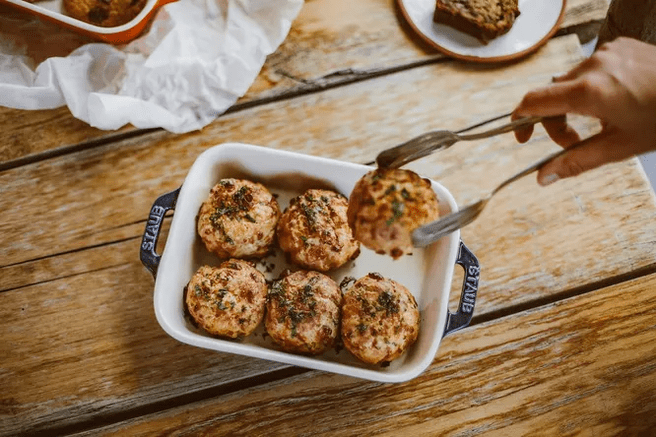
We present an approximate diet for chronic pancreatitis for a week. This is not a dogma, but simply a guide for those who want to restore the pancreas with proper nutrition.
Monday
- Breakfast: a sandwich of day-old bread with low-fat cheese, a bowl of porridge with water or diluted milk.
- Second breakfast: a serving of skimmed cottage cheese with nuts.
- Lunch: vegetable soup, steamed beef cutlet with mashed potatoes in water with a small piece of butter.
- Snack: baked apple.
- Dinner: boiled lean fish, steamed vegetables are allowed.
Tuesday
- Breakfast: oatmeal with water
- Second breakfast: baked sweet applesauce.
- Lunch: creamed vegetables, steamed chicken breast; red fruit jelly.
- Snack: skimmed yogurt.
- Dinner: steamed omelet with vegetables.
Wednesday
- Breakfast: cottage cheese casserole with dried fruits.
- Second breakfast: banana
- Lunch: rice and vegetable soup; steamed rabbit meatballs, compote.
- Snack: apple jelly, cookies.
- Dinner: steamed fish, mashed vegetables.
Thursday
- Breakfast: rice porridge, soft-boiled egg.
- Second breakfast: yogurt, baked apple.
- Lunch: soup with pasta; fish meatballs with vegetable puree.
- Snack: sandwich with skimmed cheese.
- Dinner: cottage cheese dumplings, a little sour cream.
Friday
- Breakfast: cottage cheese with a spoonful of honey or jam.
- Second breakfast: steamed egg white omelet.
- Lunch: mashed potato soup, baked beef with steamed vegetables, gelatin.
- Snack: dried fruit compote.
- Dinner: quenelles of lean fish, rice.
Saturday
- Breakfast: semolina porridge, soft-boiled egg
- Second breakfast: yogurt.
- Lunch: fish soup with rice, stewed rabbit with potatoes, compote.
- Snack: cottage cheese casserole.
- Dinner: cheese sandwich, steamed protein omelet.
Sunday
- Breakfast: buckwheat porridge.
- Second breakfast: baked apple.
- Lunch: pumpkin cream, steamed veal cutlets, pasta.
- Snack: gelatin, cookies.
- Dinner: cottage cheese, boiled vegetables.
Diet for the pancreas: recipes.
Despite the limited range of products, the diet for pancreatitis can be quite varied. We offer some ideas to inspire you.
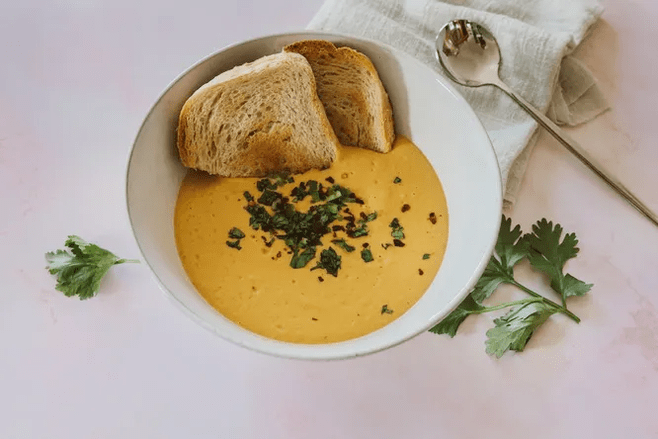
Ingredients:
- Rice in bags;
- Dad;
- Carrot;
- Pumpkin;
- Salt.
Preparation: make rice water - cook the rice in a saucepan with plenty of water, then remove the bags. Grate the carrots, chop the remaining vegetables, put everything in a saucepan with rice water, add rice there, cook until the vegetables are ready. Add salt, stir, turn off. If necessary, grind everything in a blender.
Fish quenelles
- lean fish fillet;
- white cookies;
- Milk;
- Egg white;
- Salt.
Preparation: grind the fish in a meat grinder, soak the crackers in milk, also pass through a meat grinder, mix with the minced fish. Beat the white until foamy, add to the minced meat, add salt and mix. Form round quenelles with the resulting minced meat. Then boil or steam them.
Pumpkin puree soup with oat flakes
Ingredients:
- Pumpkin;
- Dad;
- Hercules;
- Cream;
- A little oil for cooking.
Preparation: cut the pumpkin and potatoes, cook over low heat in a deep container with a little oil, taking care not to burn them. Add salt, add rolled oats, add water, stir, let simmer until rolled oats are ready. Pass the contents of the container through a blender, return it to the container, add the cream and let it cook over low heat for a few more minutes. It can be served with breadcrumbs.
According to reviews, it is not very easy to follow a diet for pancreatitis, at least in the puree phase, but with its help a truly stable remission can be achieved. Patients notice that they feel much better on this diet.
Results of treatment of chronic pancreatitis with diet.
In case of chronic pancreatitis, the diet is prescribed not for a week or a month, but for at least six months. It is often recommended to limit yourself to harmful foods for life so as not to provoke an exacerbation.
Along with other methods of treatment, a diet for the pancreas has a beneficial effect on the organ and contributes to its rapid recovery. The longer there are no exacerbations, the more boldly you can expand your diet for pancreatitis, including all new products.
In some cases, the pancreas recovers completely thanks to timely treatment and diet, and then after the therapy is completed, you can return to your usual eating style. Still, it is better to abandon unhealthy habits and choose PP dishes even after complete recovery.
You cannot count the number of different diets. Some of them are prescribed for therapeutic purposes, and others are aimed at reducing body weight. Human nutrition, like any other organism, affects its health, because the composition of food and the saturation of necessary vitamins and microelements determines the possibility of having a normal physiology. Any restriction, both in composition and quantity, inevitably affects our body. Each disease has its own development mechanism and, consequently, nutrition must also be different.
The pancreatitis diet aims to reduce inflammation of the pancreas. The sooner you start following it, the better results you can expect. In the acute stage, fasting can be used, but it usually lasts no more than two or three days. After this, foods with maximum fat restrictions are introduced very gently. Lean varieties of skinless meat and poultry (veal, lean veal, chicken, rabbit, turkey, etc. ) are suitable. To decorate you can use buckwheat, barley, mashed potatoes and stewed vegetables. Fried, spicy, salty foods, baked goods, refractory fats (lamb, pork, goose, duck, fatty beef, poultry skin, margarine, mayonnaise) can contribute to a new exacerbation.
The use of additional enzyme therapy will improve the condition. Minimicrosphere and microtablet preparations are more effective. The usual dose is approximately 25, 000 units. The diet described above has the right to exist, but if its use is justified and followed only for a short period of time. Stabilization of the condition with pancreatitis is an indication for a planned and gradual expansion of the diet.

































